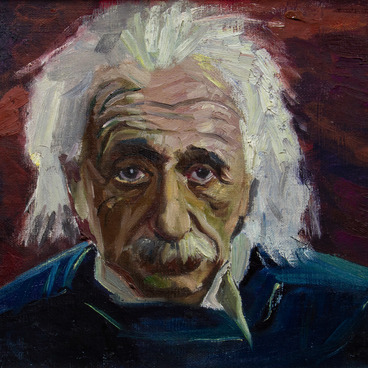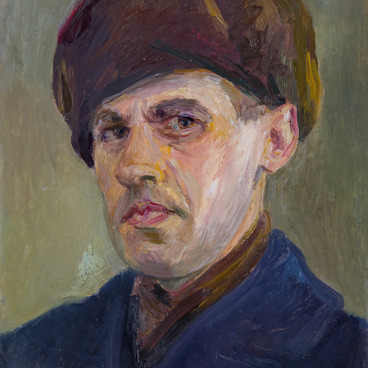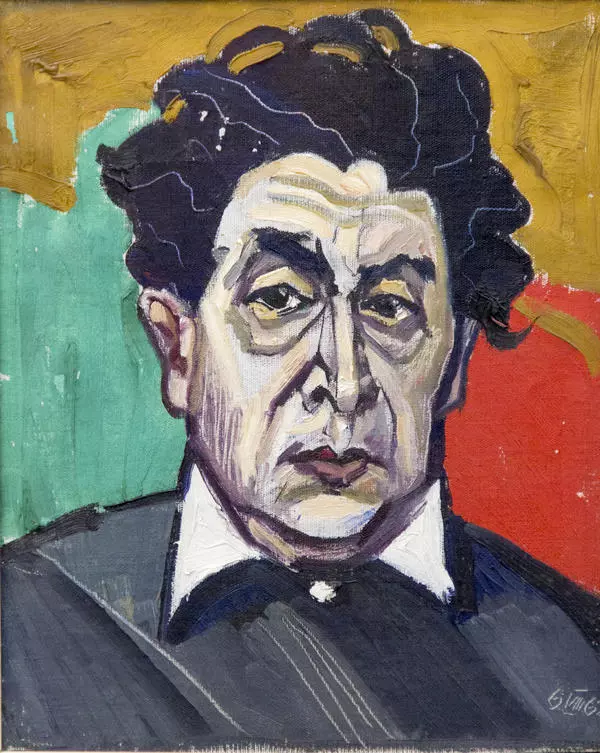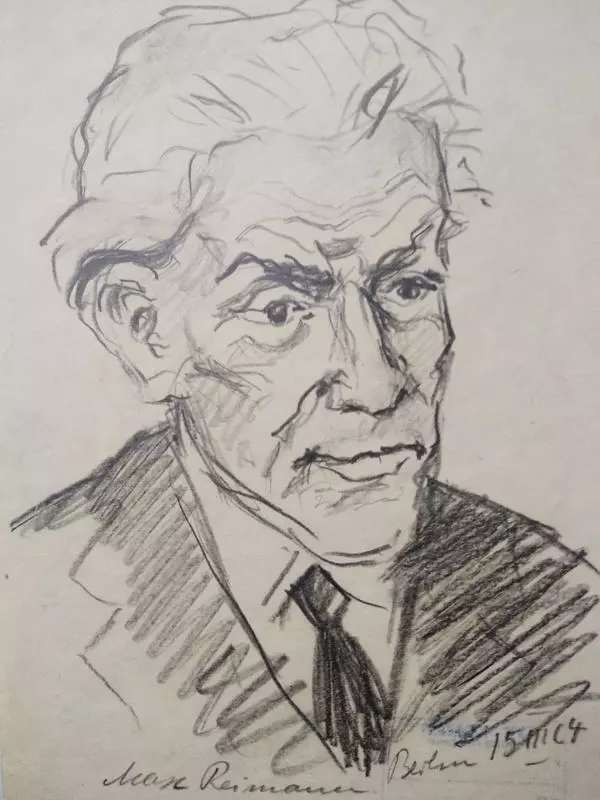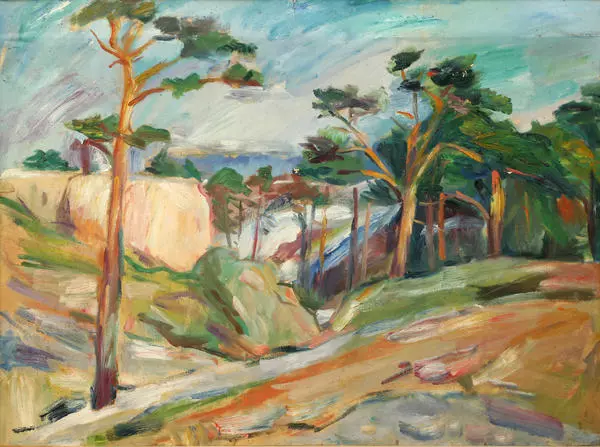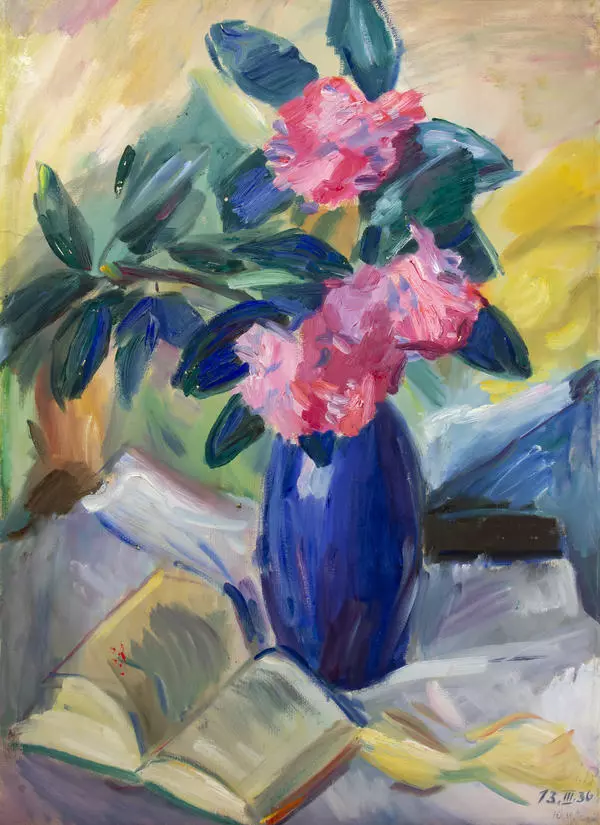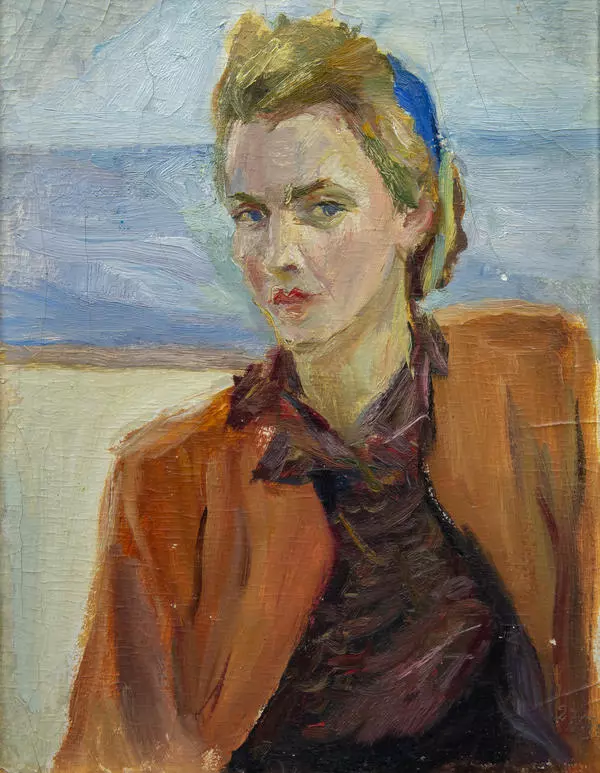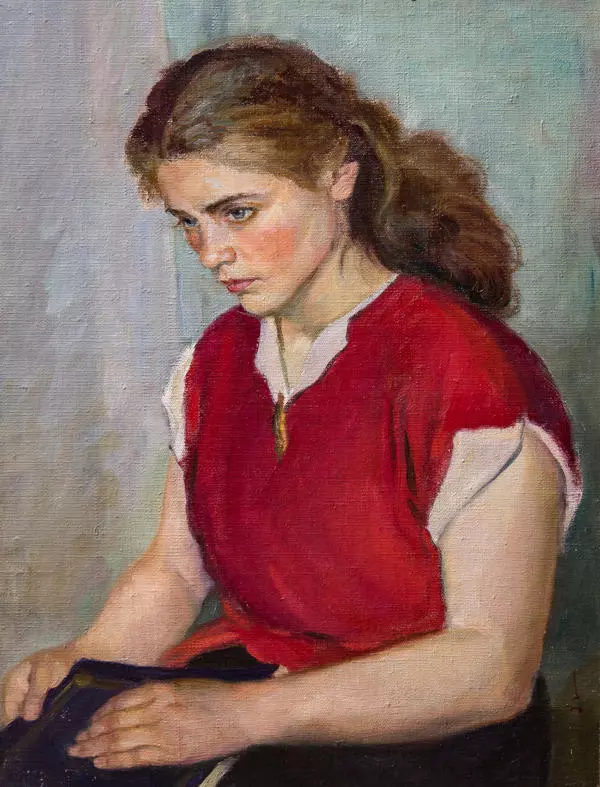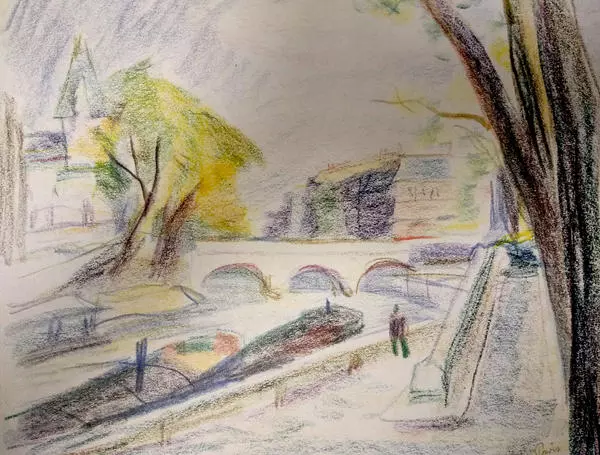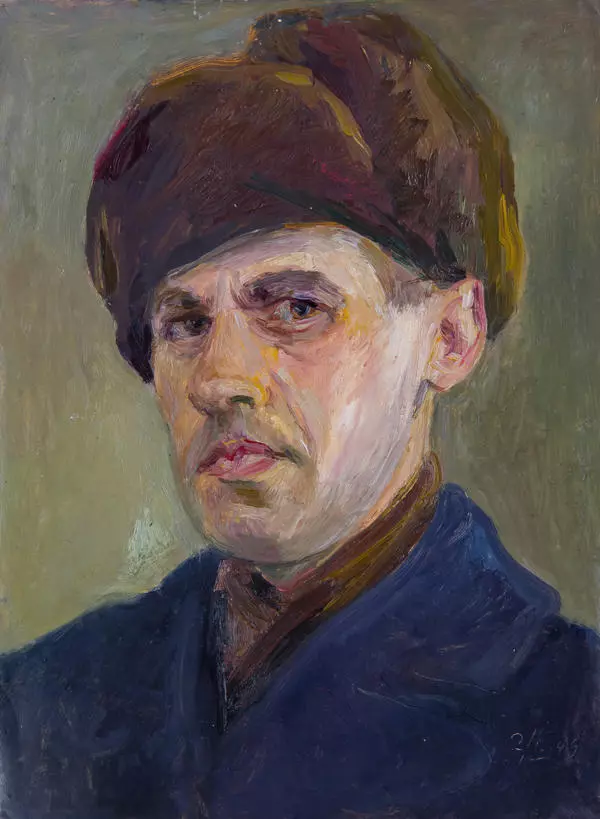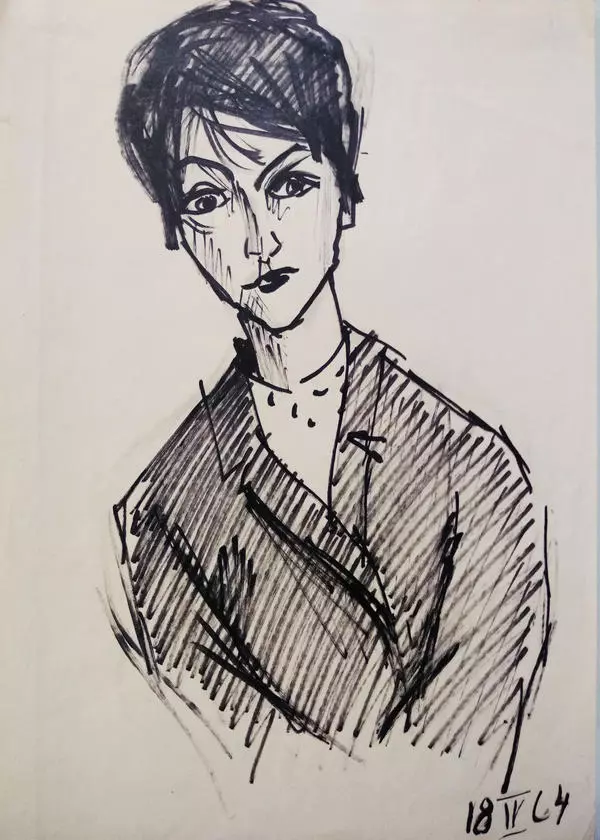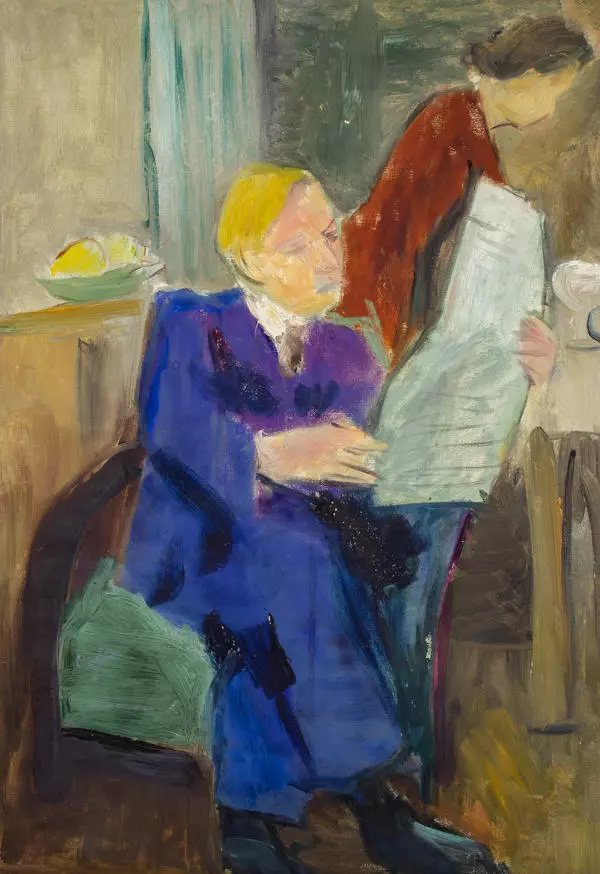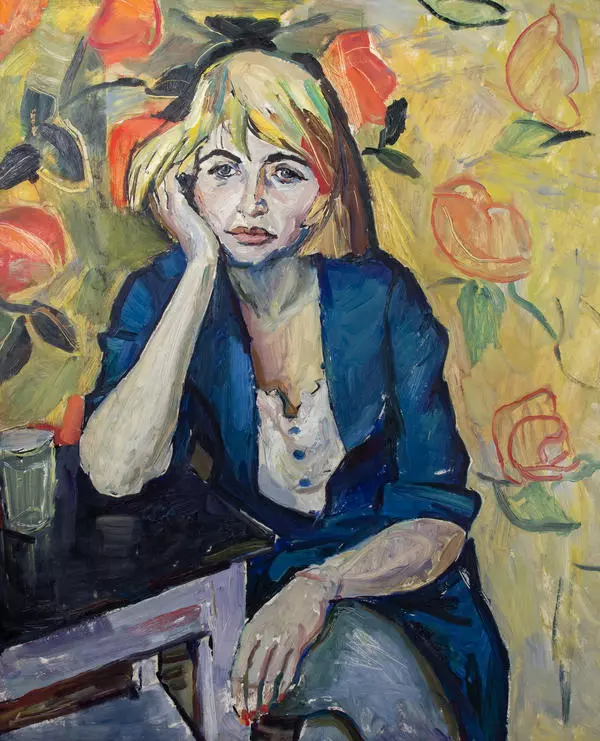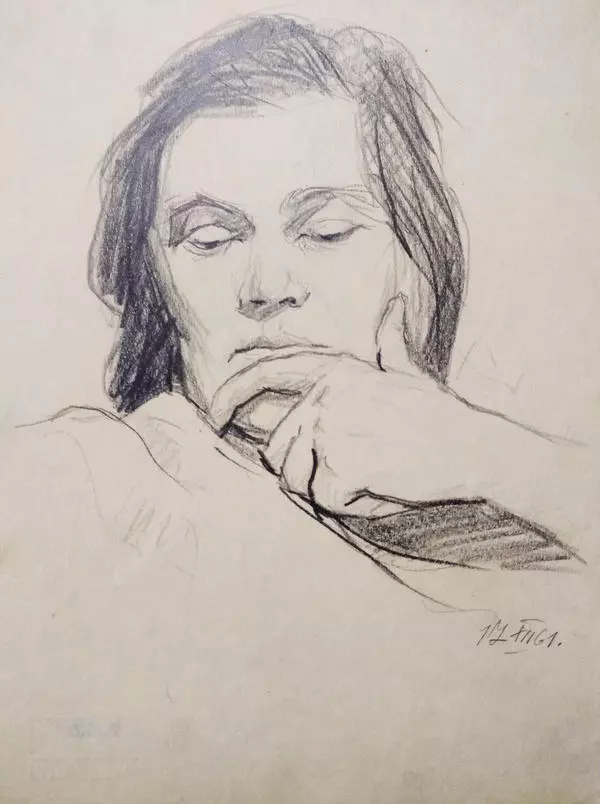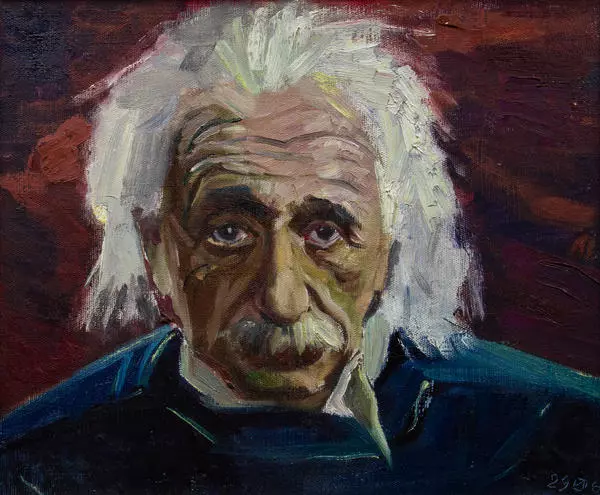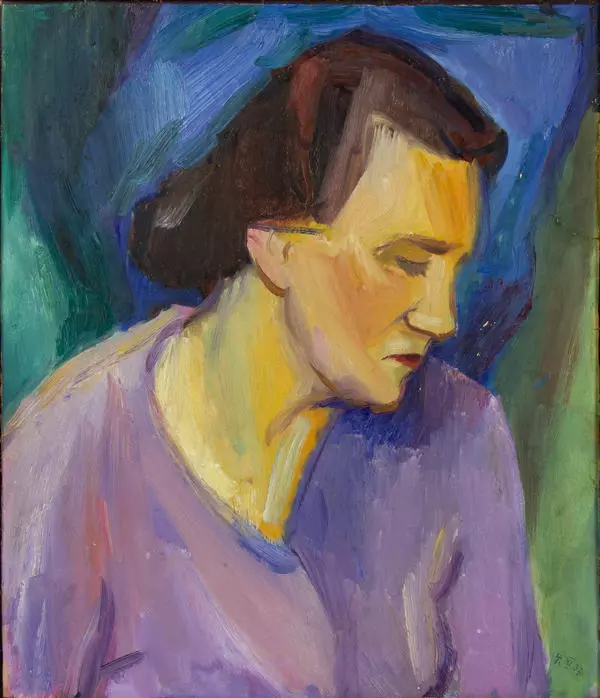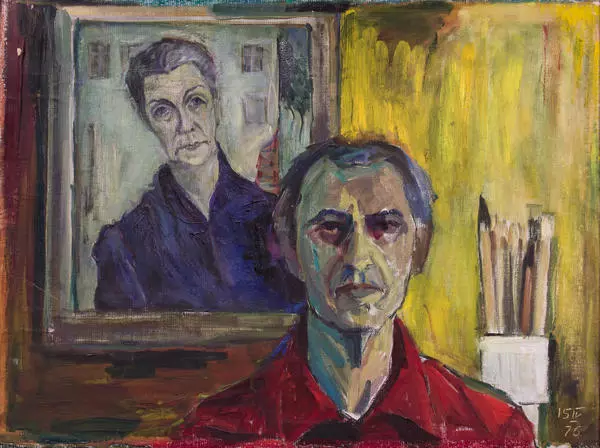he portrait from the collection of the Kemerovo Regional Museum of Fine Arts was painted by Hans Jurgis Preuss, an artist with a difficult destiny. He was born in 1904 in Königsberg, graduated from the Arts Academy there, took lessons from German expressionist artist Arthur Degner. Preuss participated in European art exhibitions and in 1937, in Paris, he had his first solo exhibition at the Bonaparte gallery. The exhibition was a success; critics noted the lyricism of his pictures, consistent composition and ‘rare beauty of the colour’. However, soon his life changed. He married Gertrude Gennis who was a communist intelligence agent, and later Preuss, too, began spying for the USSR.
Before the beginning of the Second World War they arrived in Russia on the occasion of some Comintern matters. After the fascist troops attacked the USSR, the couple, being ethnic Germans, were arrested and exiled to Siberia. In Tomsk, Gertrude Gennis died of tuberculosis, and Preuss married a teacher of the Medical Institute, Eugenia Gontar. By that time, the artist had managed to get a passport issued in the name of a Lithuanian, Jurgis Ionasovich Preuss.
The couple moved from Tomsk to Kemerovo, where a new medical institute had opened. Eugenia Gontar became Head of a department there and later was appointed Vice Rector. Preuss did some occasional work for the Institute as an interior decorator; he also drew visual aid posters for the Anatomy Department depicting different organs and systems of the human body. In the 1960s, he was commissioned by the Institute to do some portraits in the spirit of socialist realism, ‘to Stalin’s taste’, as the artist ironically remarked. The portrait of Isida Taratorkina is the most lyrical one of them.
Before the beginning of the Second World War they arrived in Russia on the occasion of some Comintern matters. After the fascist troops attacked the USSR, the couple, being ethnic Germans, were arrested and exiled to Siberia. In Tomsk, Gertrude Gennis died of tuberculosis, and Preuss married a teacher of the Medical Institute, Eugenia Gontar. By that time, the artist had managed to get a passport issued in the name of a Lithuanian, Jurgis Ionasovich Preuss.
The couple moved from Tomsk to Kemerovo, where a new medical institute had opened. Eugenia Gontar became Head of a department there and later was appointed Vice Rector. Preuss did some occasional work for the Institute as an interior decorator; he also drew visual aid posters for the Anatomy Department depicting different organs and systems of the human body. In the 1960s, he was commissioned by the Institute to do some portraits in the spirit of socialist realism, ‘to Stalin’s taste’, as the artist ironically remarked. The portrait of Isida Taratorkina is the most lyrical one of them.
